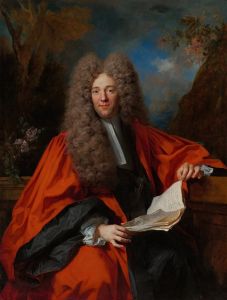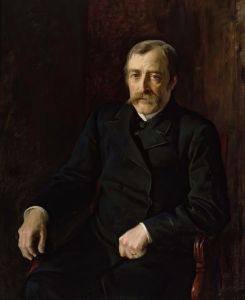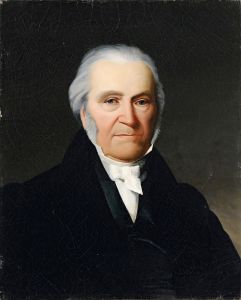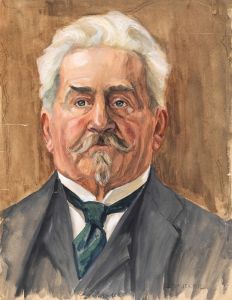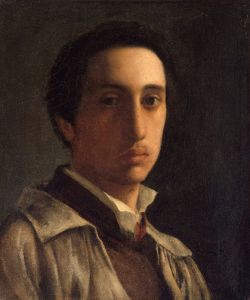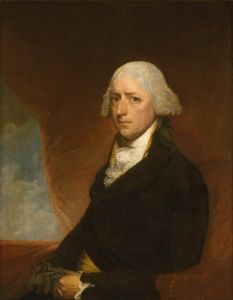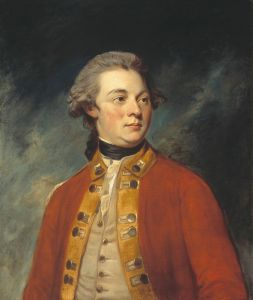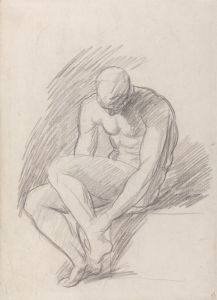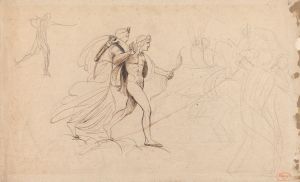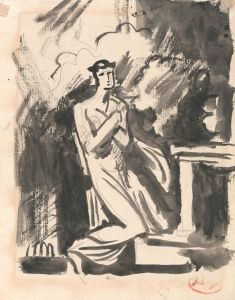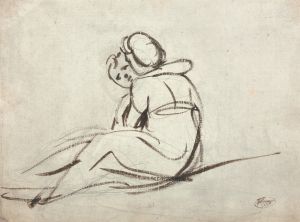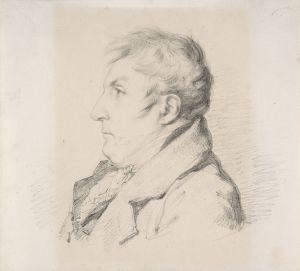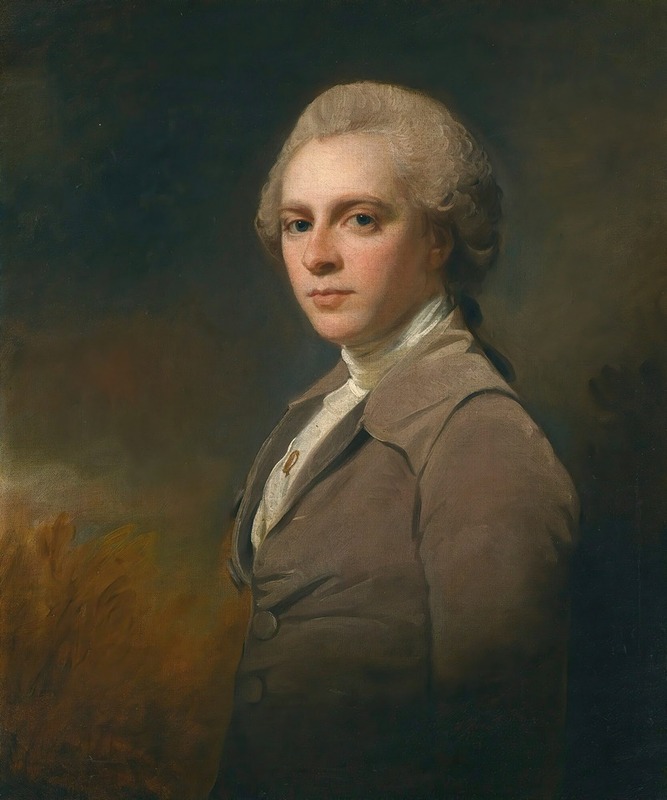
Portrait Of George Cowper
A hand-painted replica of George Romney’s masterpiece Portrait Of George Cowper, meticulously crafted by professional artists to capture the true essence of the original. Each piece is created with museum-quality canvas and rare mineral pigments, carefully painted by experienced artists with delicate brushstrokes and rich, layered colors to perfectly recreate the texture of the original artwork. Unlike machine-printed reproductions, this hand-painted version brings the painting to life, infused with the artist’s emotions and skill in every stroke. Whether for personal collection or home decoration, it instantly elevates the artistic atmosphere of any space.
George Romney's "Portrait of George Cowper" is a distinguished example of 18th-century British portraiture, reflecting both the artist's skill and the cultural context of the period. George Romney (1734–1802) was one of the leading portrait painters of his time, renowned for his ability to capture the character and status of his sitters with elegance and insight. His works are celebrated for their refined style and the subtle interplay of light and shadow.
The subject of this portrait, George Cowper, was a member of the British aristocracy. While specific details about Cowper's life and his relationship with Romney are limited, it is known that Romney painted numerous members of the British elite, often capturing their likenesses in a manner that emphasized their social standing and personal attributes. This portrait is no exception, showcasing Romney's adeptness at portraying the genteel sophistication of his subjects.
Romney's technique in this portrait is characteristic of his mature style. He often employed a soft, yet precise brushwork that allowed him to render the textures of skin and fabric with great realism. The composition likely features Cowper in a pose that conveys both dignity and approachability, a common trait in Romney's portraits, which sought to humanize his subjects while still acknowledging their elevated social status.
The background of the painting is typically understated, a technique Romney used to ensure that the viewer's focus remained on the sitter. This approach also allowed Romney to experiment with light and shadow, creating a sense of depth and three-dimensionality that brought his portraits to life. The use of light in the "Portrait of George Cowper" would have been carefully considered to highlight Cowper's features and convey a sense of his personality.
Romney's portraits were highly sought after during his lifetime, and he was known to have a prolific output, painting many of the leading figures of his day. His clientele included not only aristocrats but also prominent figures in politics, literature, and the arts. This widespread appeal was due in part to Romney's ability to adapt his style to suit the preferences of his patrons, while still maintaining a consistent level of artistic quality.
The "Portrait of George Cowper" is a testament to Romney's skill as a portraitist and his ability to capture the essence of his sitters. While the specific circumstances of the commission are not well-documented, the painting remains an important example of Romney's work and a valuable piece of British art history. It reflects the cultural and social milieu of 18th-century Britain, a time when portraiture was a key means of asserting identity and status.
Today, Romney's works, including the "Portrait of George Cowper," are held in high regard and can be found in major art collections and museums. They continue to be studied for their artistic merit and their insights into the society of the time. Through his portraits, Romney has left a lasting legacy that offers a window into the world of Georgian England.





